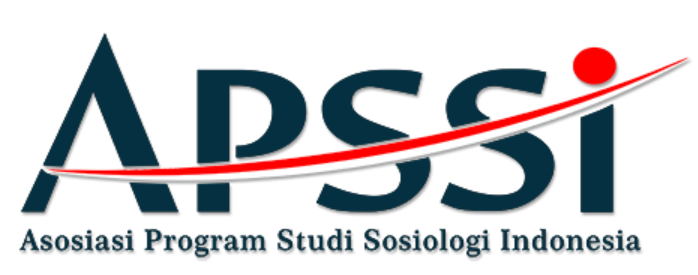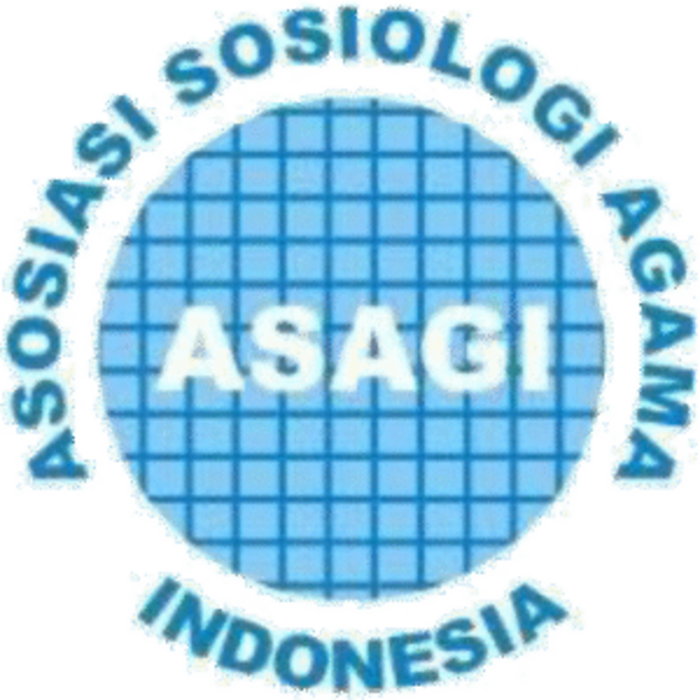Perceptions on the Nexus between Water and Religion: A Christian Theological Perspective
DOI:
https://doi.org/10.30983/belief.v3i1.9533Abstract
Water plays a crucial role in societies and the universe as a whole. It creates and sustains life and, in the process, legitimizes social hierarchies. Water is used in several physical and non-physical ways, including in religious practices. However, there appear to be insufficient studies that try to ascertain the link between Water and religion. This study examined perceptions of the association between water and religion. It assessed water as a sacred resource in line with theological aspects, as being required in remembering God through spiritual rituals and practices, for He allows humanity and nature to flourish. The study also addressed the importance of conserving this resource. An interpretive and theological framework from the Christian perspective was used to understand this nexus. Further thematic analysis led to the identification of three main themes. Semi-structured interviews were carried out with 21 participants from the Christian faith. The results revealed that water is a sacred resource that is highly used in religion. It brings healing, sanctification, and consecration among users. Water also plays a pivotal role in baptism and spiritual rituals, and is also very helpful in improving the health of individuals. Water conservation, including rainwater harvesting, recycling, and the avoidance of water pollution, was recommended.
References
Ahmed, K., Mohammed, A., Ibrahim, H, Abdalla, A., & Khdhir, M. (2025). Using thematic analysis in qualitative research. Journal of Medicine, Surgery, and Public Health 6 (2025) 100198. https://doi.org.10.1016/j.glmedi.2025.100198
Atheru, K. J. T., & Gichohi, P. (2025). A Review of Literature on Theological Perspectives and Discourse Regarding Domestic Water Scarcity with a Reflection of the Tigania West Constituency, Kenya. Journal of Sociology, Psychology and Religious Studies, 5(1), 15-25.
Brown, S. (2015). Water imagery and the power and presence of God in the Gospel of John,Theology Today, Vol. 72, pp. 289–298. https://doi.org/10.1177/0040573615601471.
Dubey, S., & Dubey, K. (2022). Assessment of long-term groundwater variation in India using GLDAS Reanalysis. Advances in Remediation Techniques for Polluted Soils and Groundwater. Science Direct.
Chuvieco, M. (2012). Religious approaches to water management and environmental conservation. Water Policy 14 (2012) 9–20. IWA Publishing & the Botín Foundation.
Evinger, J. (2018). What is the significance and proper usage of Holy Water? Bismarck Diocese. Available from: www.bismarck.com/news/what-is-the-significance-of-holy-water?/ Accessed on: March 14, 2025.
Flemming, C. (2008). Water and the role of religion: Water Lecture, Hans-Curt Flemming Biofilm Centre.
Hagan, P. (2018). Water and Spirituality In Some African Cultures And Traditions, p,1.
Khumalo, M. (2025).Technology and the Church: A Theological and Interpretive Approach from the Christian Perspective. International Journal of Sociology of Religion (IJSR) Volume 03, Number 01, Pages: 623-634, https://DOI:https://doi.org/10.70687/f60de704
Kotze, M., & Van der Walt, K. (2023). Living Water. An Interdisciplinary Exploration of Water as a Theological Theme. Reformed Theology in Africa Series. Avarsity Books, an imprint of AOSIS Scholarly Books, a division of AOSIS.
Marulak, P. (2023). Perspectives of Sustainable Development vs. Law Enforcement on Damage, Pollution, and Environmental Conservation Management in Indonesia. Journal of Water and Climate Change.
Mody, Z. (2018). Socio-Ecology and the Sacred: A Comparative Study of Entanglement And Natural Sites in Tropical Asia. Dissertation, Faculty of Arts and Science, Trent University, Peterborough, Ontario, Canada.
Moglia, M., & Tapsuwan, S. (2018). Promoting Water Conservation: Where to from here? Water, 10,1510.
Meister, W. (2000). Mountains and cities in Cambodia: Temple architecture and divine vision. International Journal of Hindu Studies (4)3: 261-268.
Mugambiwa, S., & Rapholo, S. (2024). The Impact of Climate Change on Agricultural Productivity and Economic Stability in Rural Zimbabwe. Indonesian Journal of Social and Environmental Issues (IJSEI). Volume 5, Issue 3. https://DOI:10.47540/ijsei.v5i3.1635.
Nazarko, L. (2018). Faith-Based Ngos Perspectives on Water Issues. Researchgate. https://www.researchgate.net/publication/327155882 O’Donnell, D. (2025). Ground Water Vs Surface Water. What's the Difference? Sensorex. Available from: www.google.com/amp/s/sensorex.com/groundwater-vs-surfacewater/amp
Oestigaard, T. (2005). Water and World Religions. An Introduction. SFU & SMR. Centre for Development Studies, University of Bergen, Norway. Centre for Studies of Environment and Resources.
Porta, E. L., & Wolf, A.T. (2021). Intrinsic and Spiritual Dimensions of Water at the Local Scale, and the Disconnect with International Institutions. Sustainability. 13, 8948. https://doi.org/10.3390/ su13168948.
Posner, M. (2025). Parting of the Red Sea. Jewish History. Stories of the Bible. Available from: www.chabad.org/libray/article_cso/aid/24667/. Accessed on: 27 March 2025.
Priscoli, J, D. (2012). Reflections on the nexus of politics, ethics, religion and contemporary water resources decisions. Water Policy 14 (2012) 21–40. IWA Publishing & the Botín Foundation. https://doi:10.2166/wp.2012.002.
Ramawadh, D., Wolf, A., & Sehring, J. (2023). Exploring Spirituality in Water Diplomacy. Water Alternatives 16(3): 978-991.Volume 16 | Issue 3, www.water-alternatives.org
Risko, J. (2018). Sacred Springs: Perceptions of Religion and Water in Village Communities of Uttarakhand. SIT Graduate Institute/SIT Study Abroad. Independent Study Project (ISP) Collection. 2852. https://digitalcollections.sit.edu/isp_collection/2852
Savage, V. R. (2006). Ecology Matters: Sustainable Development in Southeast Asia. Sustainable Science Journal, 1, 37-63
Singh, R. P. (2020). Sacrality and Waterfront Sacred Places in India: Myths and the Making of Place; in, Celeste Ray (ed.) Sacred Waters: A Crosscultural Compendium of Hallowed Springs and Holy Wells. ca pp. 77-90. London & New York: Routledge, Taylor & Francis. ISBN Hb: 9780367445126, pb: 9780367445133.
Turnip, I. H. (2024). Central Control vs. Local Liberties: Environmental Stewardship in Indonesia’s Power Struggle. Indonesian Journal of Environmental Law and Sustainable Development. Vol. 3, Issue 1. https://doi.org/10.15294/ijel.v3il.78895.
Vasileiou, K., Barnett, J., Thorpe, S., & Young, T. (2018). Characterising and justifying sample size sufficiency in interview-based studies: systematic analysis of qualitative health research over a 15-year period. BMC Medical Research Methodology (2018) 18:148 https://doi.org/10.1186/s12874-018-0594-7
Wergin, A. (2022). Water: Essential for the Body. Mayo Clinic Health System. Speaking of health. Available from: www.mayoclinichealthsystem.org/hometown-health/speaking-of-health/. Accessed on February 2025.
Downloads
Published
How to Cite
Issue
Section
Citation Check
License
Copyright (c) 2025 Mandla Khumalo, Linda Mahlalela

This work is licensed under a Creative Commons Attribution-ShareAlike 4.0 International License.



